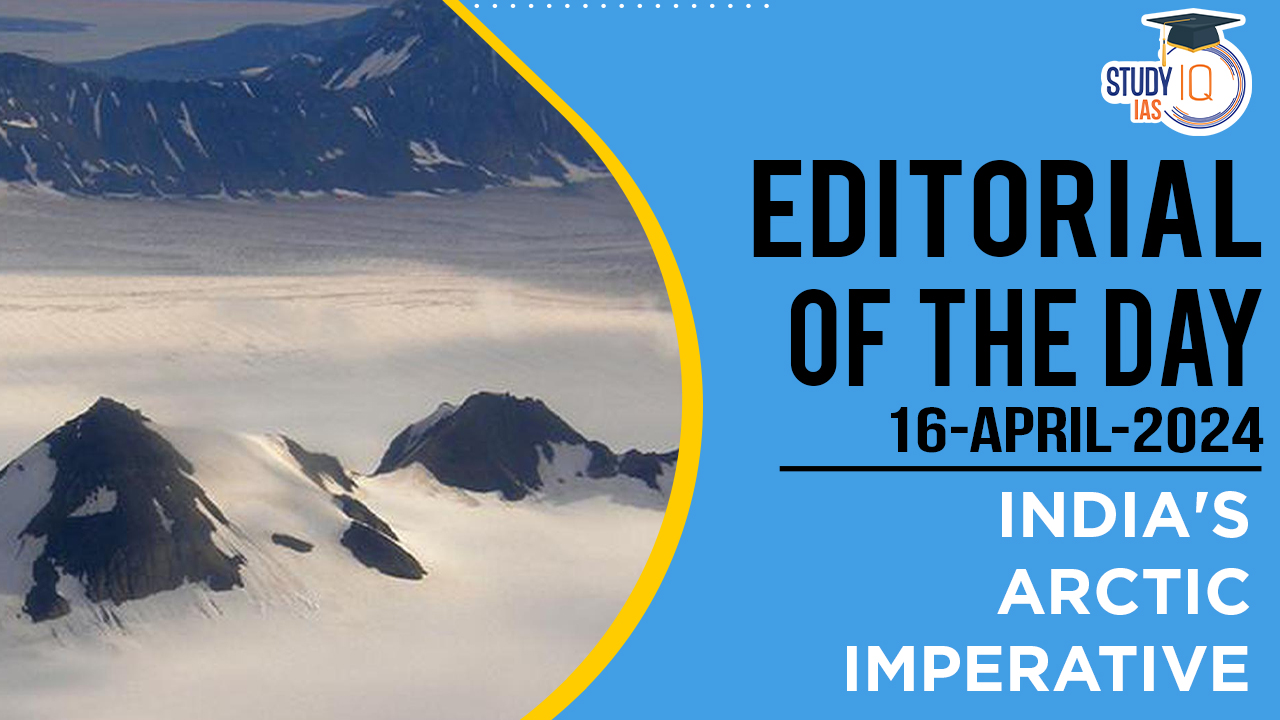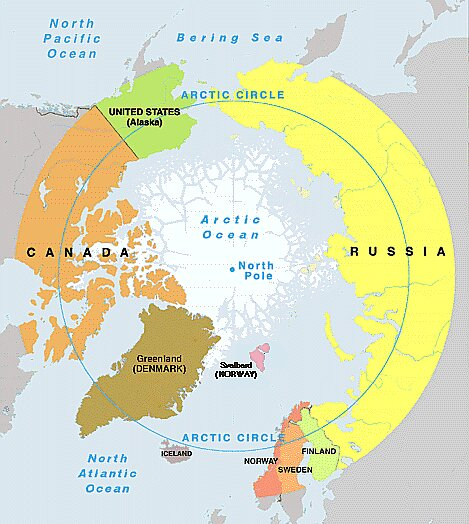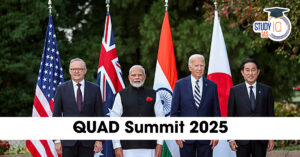Table of Contents
Context: India’s first winter expedition in the Arctic successfully concluded.
More In News
- In December 2023, four Indian climate scientists arrived in Oslo to start acclimatising for India’s first winter expedition in the Arctic.
- The expedition was based at Himadri, India’s research station at the International Arctic Research Base in Svalbard, Norway.
- Previously, the station only hosted missions during the summer. The winter expedition involved challenges such as extreme cold (as low as -15 degrees Celsius) and enduring polar nights.
Reasons for the Shift in Indian Policy
- Scientific Data: Changed due to new data showing the Arctic warming faster than anticipated, and links between catastrophic climatic events in India and the melting of Arctic sea ice.
- Economic Interests: Interest in using the Arctic Sea routes, particularly the Northern Sea Route, to reduce costs and improve efficiency for Indian trade.
- Geopolitical Concerns: Concerns over China’s growing influence in the Arctic and Russia granting China expanded access to the Northern Sea Route, amidst heightened regional tensions influenced by the Russia-Ukraine conflict.
Historical and Ongoing Indian Involvement
- India has been involved in the Arctic since signing the Svalbard Treaty in 1920.
- In 2007, India launched its first research mission in the Arctic, focusing on microbiology, atmospheric sciences, and geology (the only developing nation besides China).
- In 2008, India established its Arctic research base and was later granted ‘observer’ status by the Arctic Council in 2013.
- India set up a multi-sensor moored observatory in 2014 and an atmospheric laboratory in 2016 at Svalbard.
Domestic Divides and Economic Strategies
- Economic vs. Environmental Concerns: There is a division within India’s academic and policy circles regarding the implications of climate change in the Arctic for India, especially concerning mining for fossil fuels.
- Proponents argue for pragmatic economic exploitation in the Arctic.
- Sceptics caution against environmental damage and advocate for a balanced policy that considers the adverse impacts of maritime resource exploitation.
Potential for Collaboration with Norway
- India and Norway have collaborated since the late 1980s on researching the impact of Arctic and Antarctic changes on South Asia.
- Current Indian policy focuses on cooperation in green energy and clean industries.
- Collaboration with Norway could be transformative, enhancing India’s involvement in the Arctic Council’s working groups on issues like the blue economy and responsible resource development.
- India seeks to benefit from seabed mining and resource exploitation but faces the challenge of adopting a sustainable extraction approach.
Conclusion
- India’s Arctic Policy includes six pillars: scientific research, climate and environmental protection, economic and human development, transportation and connectivity, governance and international cooperation, and national capacity building.
- India aims to explore economic opportunities in the Arctic responsibly, with the help of Norway in designing sustainable policies.
- Constructive and non-sensitive approaches to addressing geopolitical tensions in the Arctic are deemed crucial for both India and Norway.
| Arctic Council |
|



 SSC MTS Salary 2025, Check Highest Salar...
SSC MTS Salary 2025, Check Highest Salar...
 F-35 Fighter Jet Stranded in Kerala: Dis...
F-35 Fighter Jet Stranded in Kerala: Dis...
 Quad Summit 2025: Key Announcements, Str...
Quad Summit 2025: Key Announcements, Str...





















